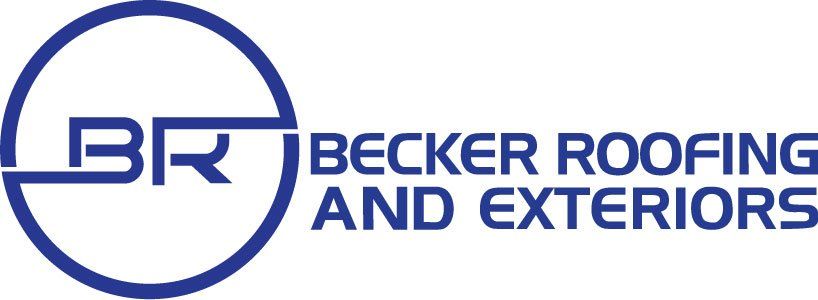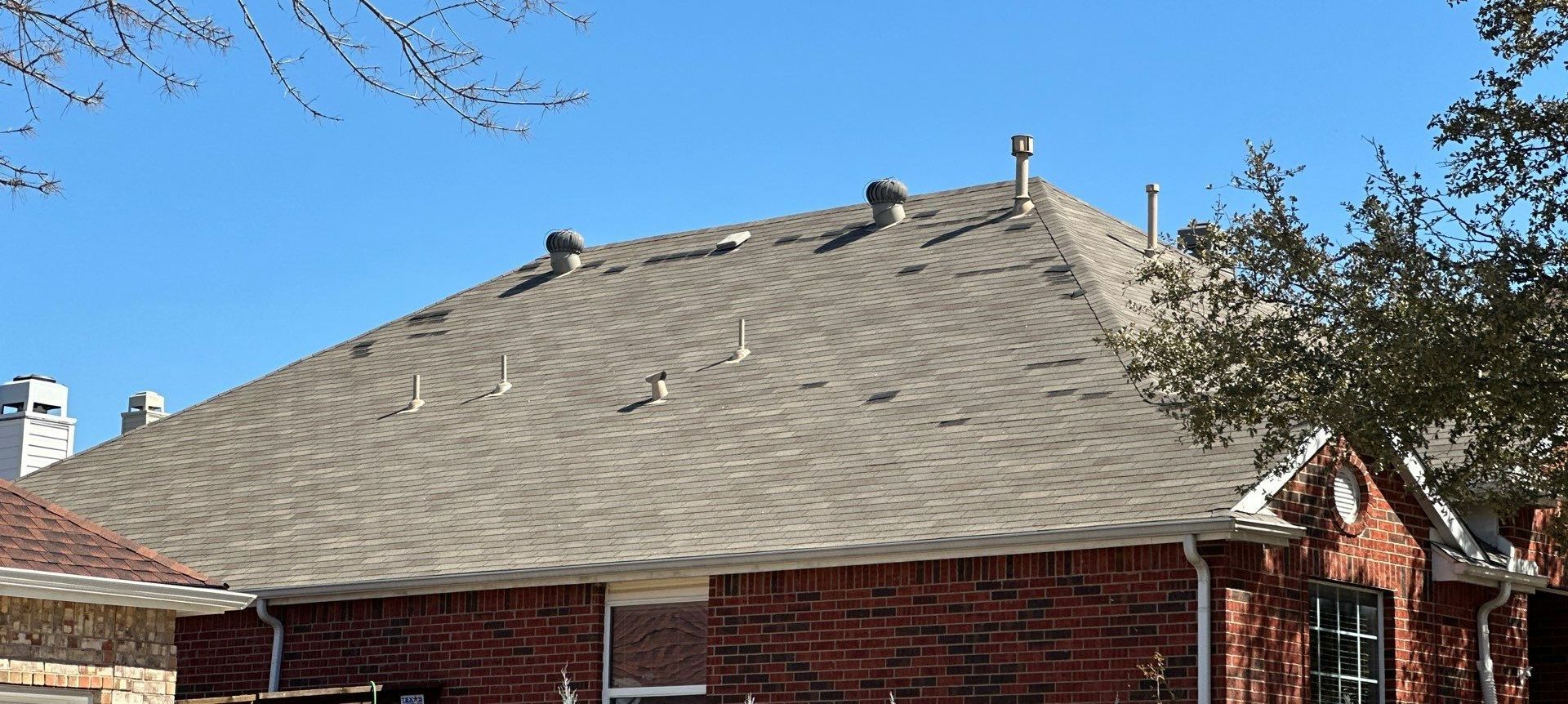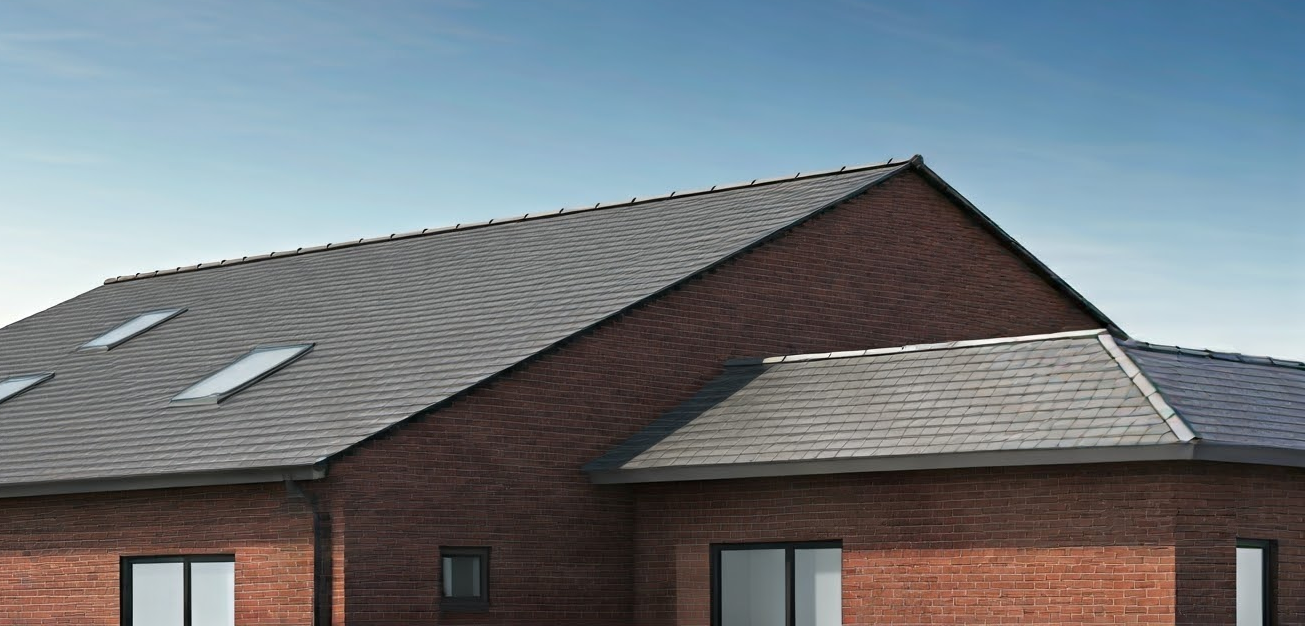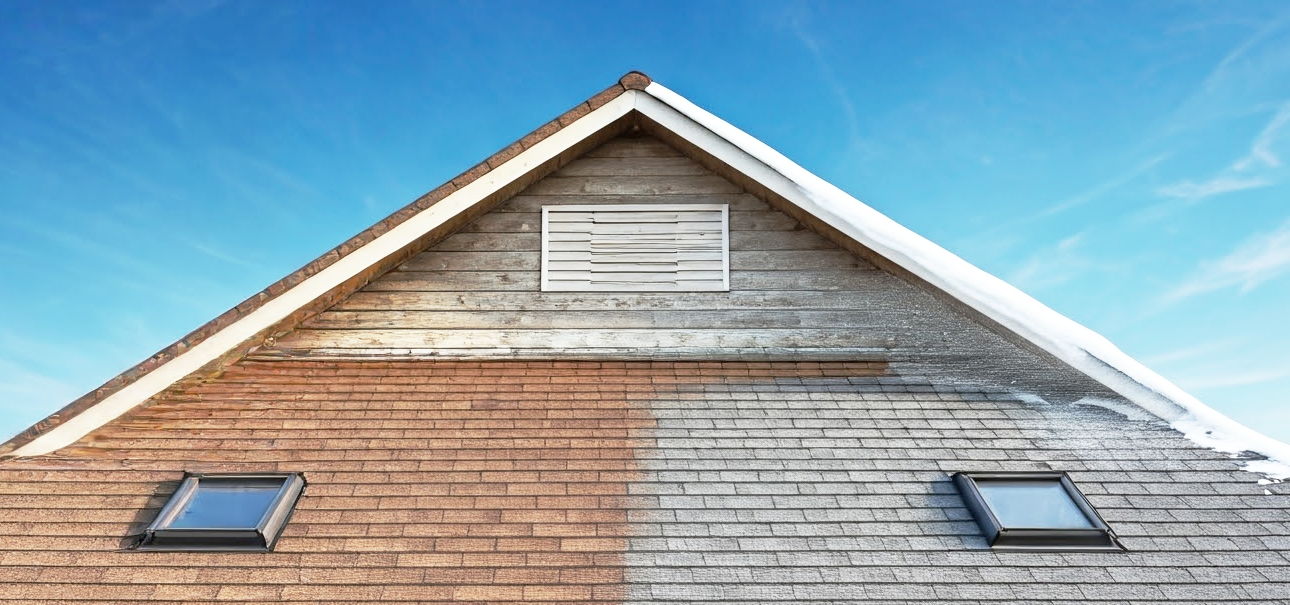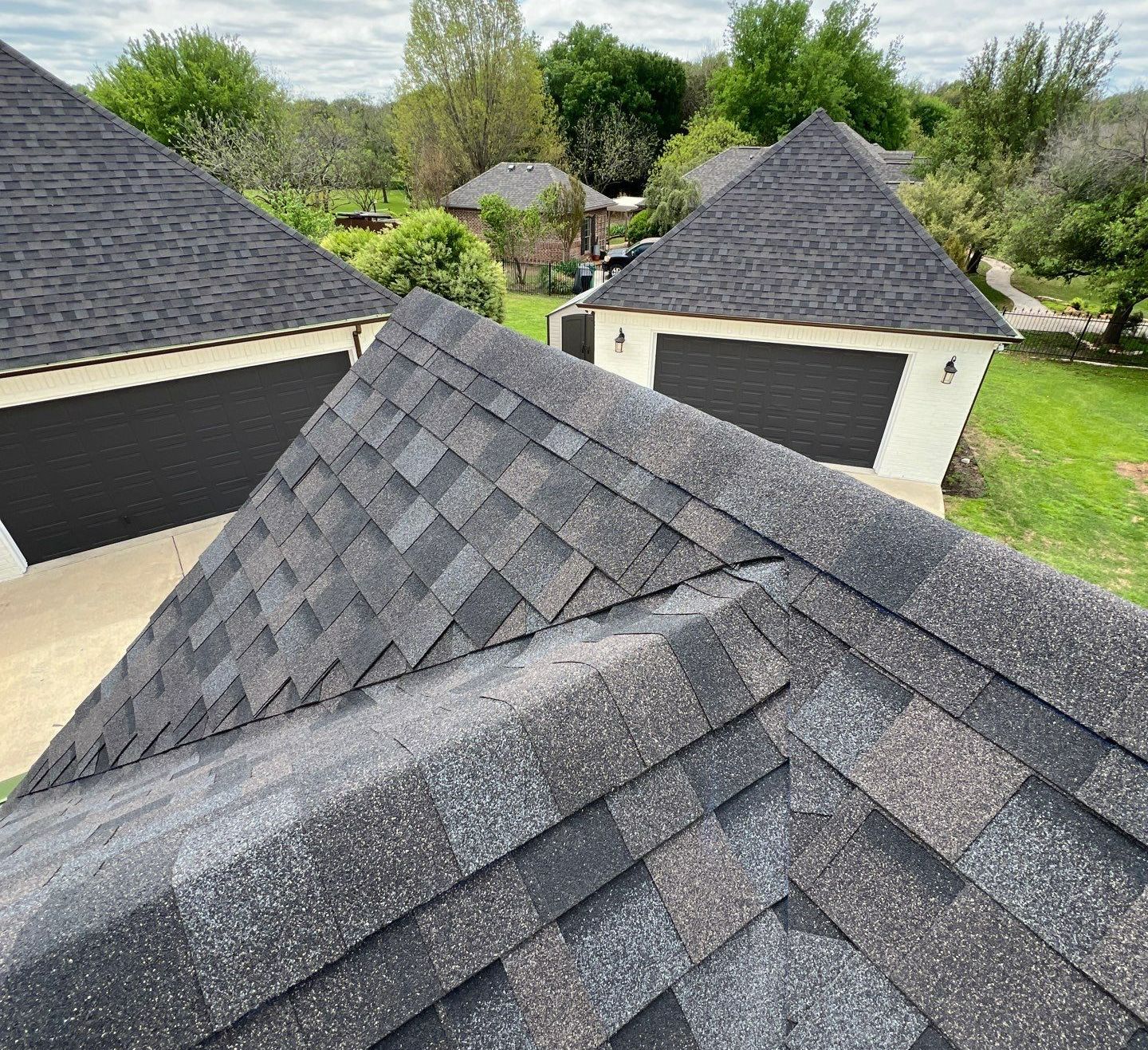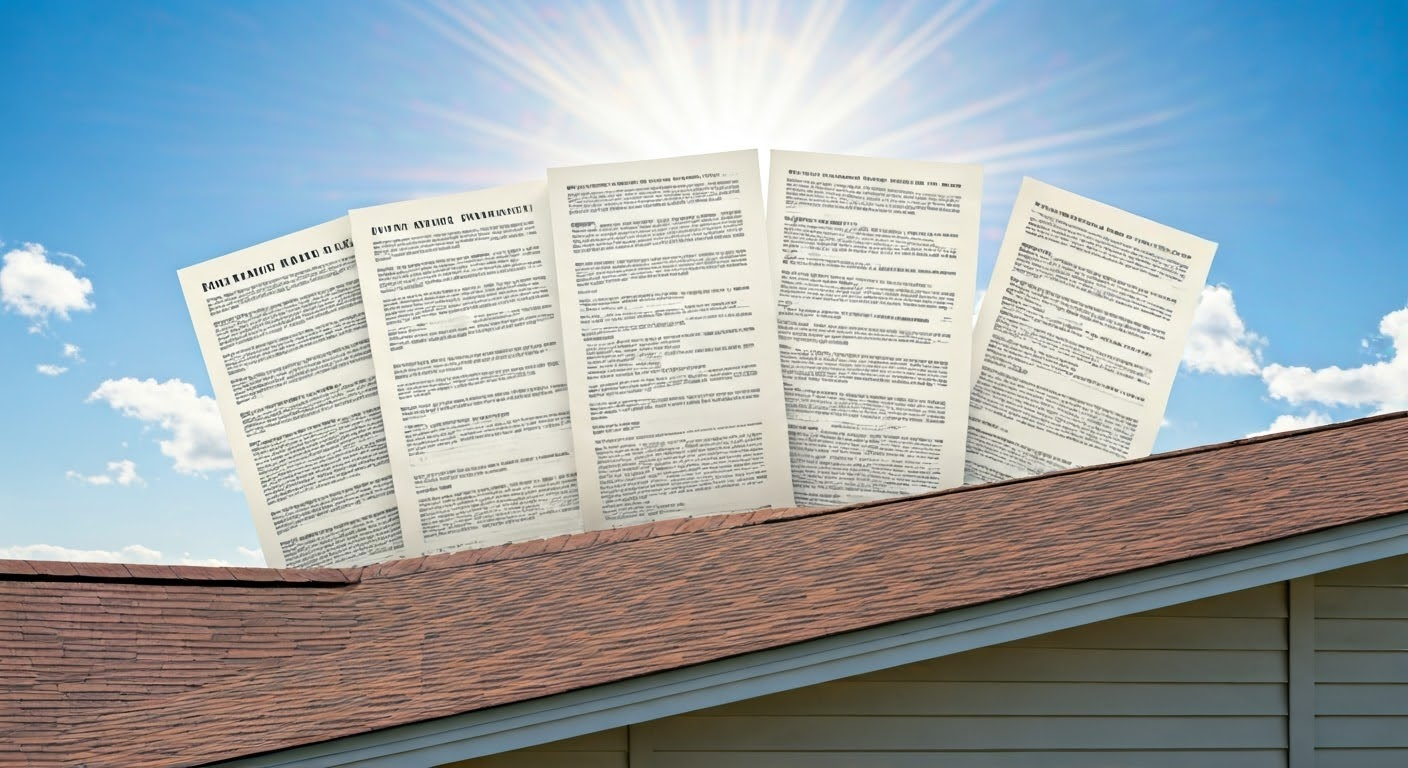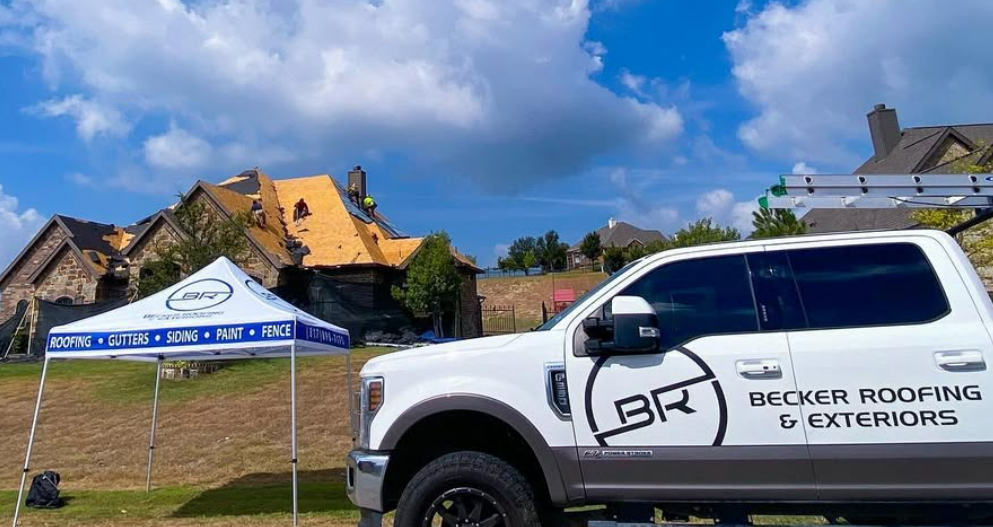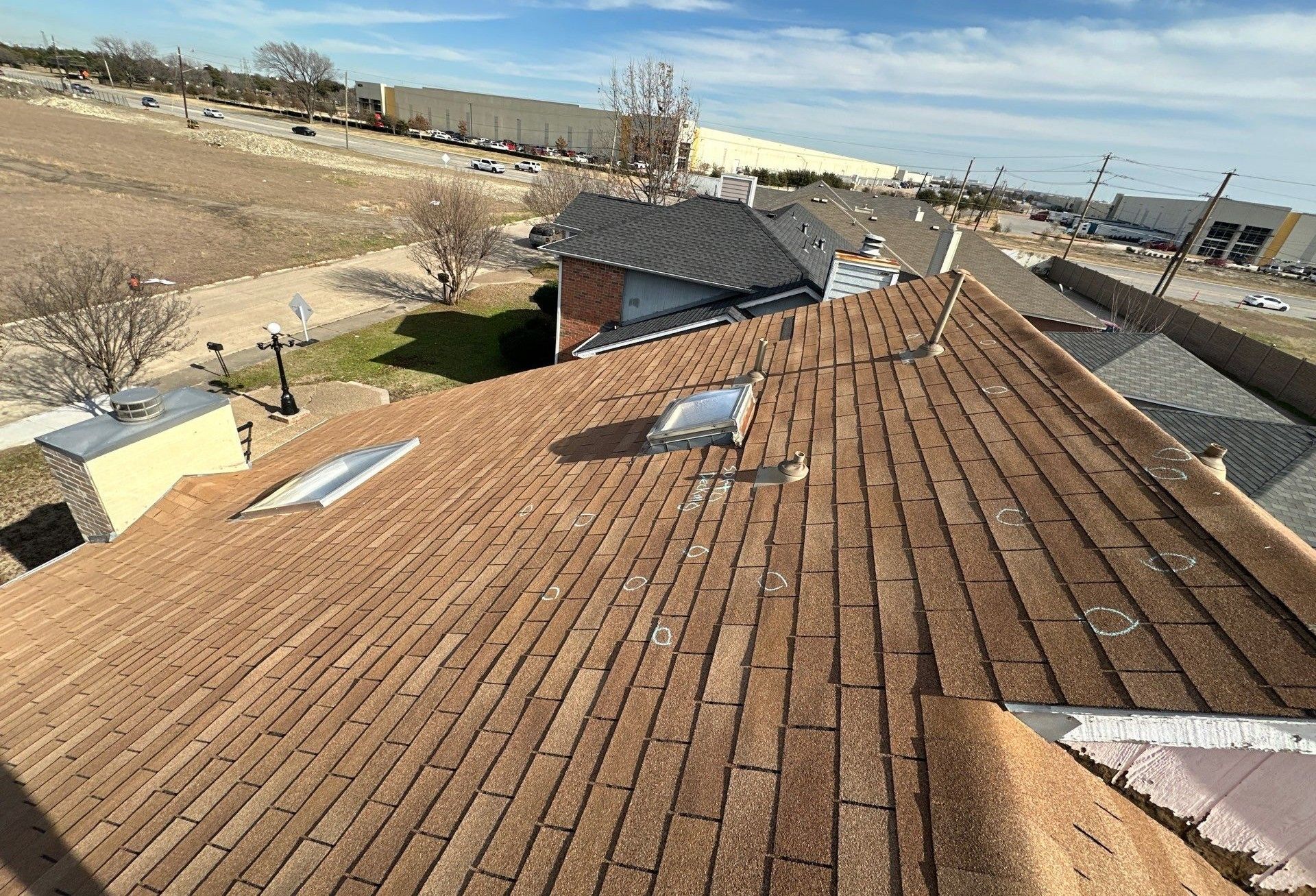Enhancing Energy Efficiency With Roofing Systems
Enhancing Energy Efficiency: Roofing systems that will help you save!
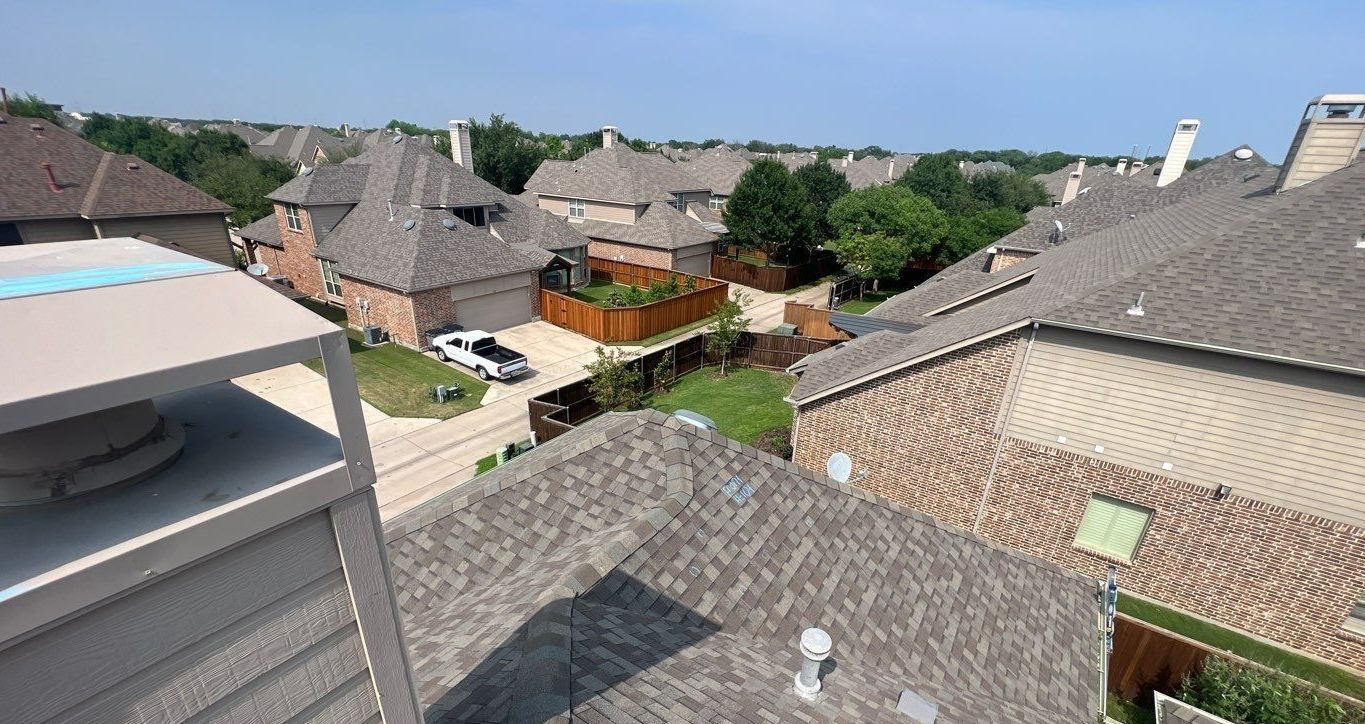
Key Highlights
- Discover how energy-efficient roofing can significantly reduce energy consumption.
- Explore the benefits of reflective coatings and insulating materials for optimal roof performance.
- Understand the impact of roof shapes and colors on energy efficiency.
- Learn about popular energy-efficient roofing materials like metal roofing and white roofing solutions.
- Find answers to FAQs about energy-efficient roofing and its impact on home resale value.
Introduction
In today's world, energy costs are going up, and more people care about the environment. This makes improving the efficiency of your home really important for homeowners. Your roofing system is key for how well your home uses energy. It affects how warm or cool it feels inside and can change your monthly utility bills. Buying an energy-efficient roof is not only good for the planet; it can also save you a lot of money over time.
The Importance of Energy-Efficient Roofing
If you are thinking about a new roof or want to improve your home’s energy performance, you should invest in energy-efficient roofing. Traditional roofs often take in and hold heat. This can make indoor spaces hotter and cause higher energy bills for cooling. Energy-efficient roofs are made to reduce heat absorption and reflect sunlight away from your home.
One well-known mark for energy-efficient roofing is the ENERGY STAR label. ENERGY STAR-certified roofing products, including brand name TPO, meet strict energy efficiency rules from the Environmental Protection Agency (EPA) for both public and private operations, including industrial business parks. If you choose ENERGY STAR-certified roofing, you could see a big drop in your energy costs and help support a better future.
How Energy-Efficient Roofing Systems Save Money
The energy savings from good roofing lead to lower utility bills. Cool roof technology is a key part of many energy-saving roofing systems, which often come with industry-leading 15 to 20 year full systems material warranties. Cool roofs are made to stay cooler than regular roofs, especially when it's very sunny, helping to lower peak energy demand during hot weather and can outperform an old roof.
This cooling happens because of two things: high solar reflectance and thermal emittance. Solar reflectance means the roof can bounce sunlight off it. Thermal emittance is about the roof's ability to let go of heat it has taken in. Cool roofs help by absorbing less heat and reflecting more, which keeps the heat out of your home. This also means your cooling system doesn't have to work as hard.
With less need for air conditioning, homeowners use less energy and see lower utility bills. Over time, these energy savings add up and make energy-efficient roofing a smart investment.
The Environmental Impact of Your Roofing Choices
Energy-efficient roofing does more than just save money; it really helps the environment too. Traditional roofs often heat up cities, making them warmer than nearby rural areas. This happens because dark roofs and roads soak up heat, causing what's called the urban heat island effect.
Using energy-efficient roofing, especially white roofing materials, can help solve this problem. These roofs have high solar reflectance and can bounce UV rays back into the atmosphere. This helps to keep city temperatures lower. When the city is cooler, people are more comfortable, and air conditioning use goes down, easing pressure on the power grids.
On top of that, using less energy cuts down on greenhouse gas emissions. This shows that energy-efficient roofing is a smart and eco-friendly choice. By choosing roofs that are better for the environment, homeowners can help lower their carbon footprint and support a healthier planet.
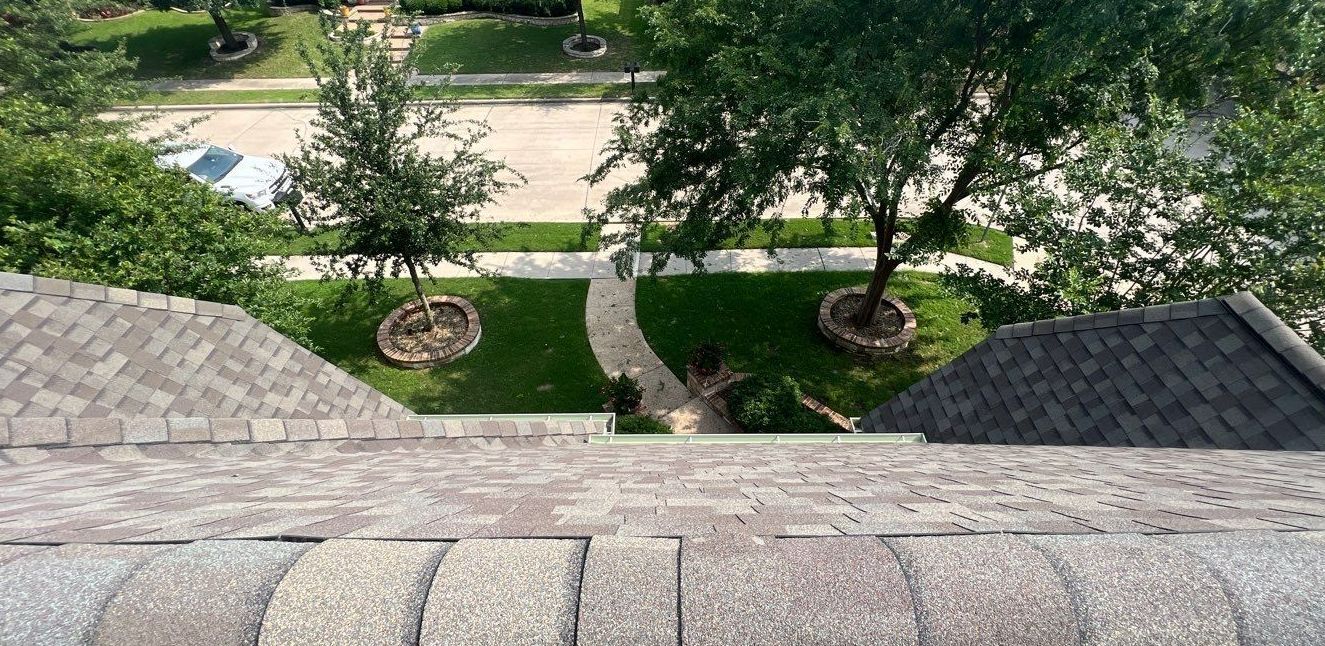
Key Materials for Energy-Efficient Roofing
Choosing the right roofing materials, including top quality materials, is very important for saving energy. There are many types, like reflective coatings that bounce sunlight away and insulating materials that stop heat from moving. These options meet different needs and budgets.
This section describes more about different roofing materials and their specific benefits. It will help you make smart choices for your energy-efficient roofing project, and choice of material definitely matters!
Reflective Coatings and Their Benefits
Reflective coatings are important for making a roof replacement more energy efficient. They do this mainly by increasing how much sunlight the roof can reflect, known as solar reflectance. White roofing is a common choice for cool roofs and shows how effective these coatings can be. When applied to existing roofs, these coatings create a barrier that sends sunlight away from the building. This helps to lower heat absorption.
Here are some key benefits of using reflective coatings:
- Reduced cooling loads: By reflecting sunlight, these coatings lower the heat that gets into the building. This lightens the work for cooling systems.
- Lower energy bills: With less cooling needed, overall energy consumption decreases, which leads to lower energy bills.
- Improved indoor comfort: Since less heat enters the building, indoor temperatures stay stable and comfortable. This means less need for air conditioning.
Reflective coatings are a cost-effective way to boost the energy efficiency of existing roofs. They help extend the roof's life and cut down on cooling costs.
Insulating Materials: Types and Effectiveness
Reflective coatings help keep heat out of buildings, but good insulation is key to stop heat from moving through the roof. You need enough insulation in your attic or roof space to keep a comfortable indoor temperature and improve energy efficiency.
There are different insulation materials, and each has an R-value that shows how well it resists heat flow. A higher R-value means better insulation. Some common types of roofing insulation are:
- Fiberglass: This is a cheap choice. It comes in batts or loose-fill and helps lower heat transfer.
- Cellulose: Made from recycled paper, this insulation performs well and is good for the environment.
- Spray foam: This type expands to fill any gaps and cracks, creating a tight seal that reduces heat transfer.
It's important to pick the right type and amount of insulation based on your climate and building needs. This way, you can achieve the best energy efficiency and stay comfortable all year long.
Designing for Efficiency: Roof Shapes and Their Roles
The shape of your roof affects how energy efficient your home is. Different roof designs work differently for reflecting sunlight and letting fresh air flow in. Let’s look at popular roof shapes, like flat and sloped roofs. We will see how they influence the thermal performance of your home and its energy efficiency.
Flat vs. Sloped Roofs: Which is More Efficient?
When it comes to energy efficiency, flat roof solutions, flat roofs, and slope roofs have their own sets of advantages and considerations:
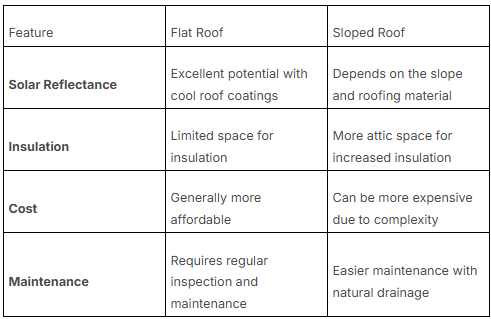
Choosing the right roof shape depends on various factors, including your budget, climate, and energy efficiency goals.
The Role of Roof Color in Reflecting Sunlight
The color of your roof plays a big role in how well it reflects sunlight and how energy efficient it is. White roofs are very good at reflecting light and reducing heat, while taking the brunt of the sun's rays less effectively. Lighter colors take in less solar radiation and push more of it back into the air.
Darker roofs absorb more solar radiation. This causes higher temperatures on the roof and makes the heat go into the building. With more heat inside, cooling systems have to work harder. This leads to more energy consumption and higher bills. Even if darker roofs look nicer, they exhibit different performance characteristics that make them not great for energy efficiency since they soak up a lot of the sun's heat. For a comprehensive comparison of the performance differences, click here for a more detailed explanation of how darker roofs impact energy efficiency.
Choosing lighter roof colors, especially if you live in warm places, is an easy and smart way to improve your home's energy efficiency, lower cooling costs, and make your indoor space more comfortable.
Conclusion
In conclusion, investing in energy-efficient roofing systems can save you money and help the environment. By choosing materials such as reflective coatings and good insulation, along with smart resources, you can lower energy consumption. The shape and color of your roof also matter for improving energy efficiency. Make smart choices to boost your home's energy performance while helping the environment. Use sustainable roofing solutions for a better, eco-friendly future. If you have questions about energy-efficient roofing or its benefits, check our FAQ section for more information.
Frequently Asked Questions
What roofing material is most energy-efficient?
When picking a roofing material to save energy, look for ones that have a high solar reflectance index. Energy Roofing Solutions provides ENERGY STAR-certified metal roofing and a white roofing system, which are some of the best options for boosting energy efficiency.
Can energy-efficient roofing improve home resale value?
Installing a new roof that is energy-efficient is a good idea. It can increase the value of your home when you sell it. Many homebuyers want energy-saving features, so a new roof will be attractive to them. With our innovative approach and intelligent consulting, as well as extensive experience of over 25 million square feet of install experience, it is a smart move to talk with a trusted roofing company. They can help you find options that fit your budget and needs.
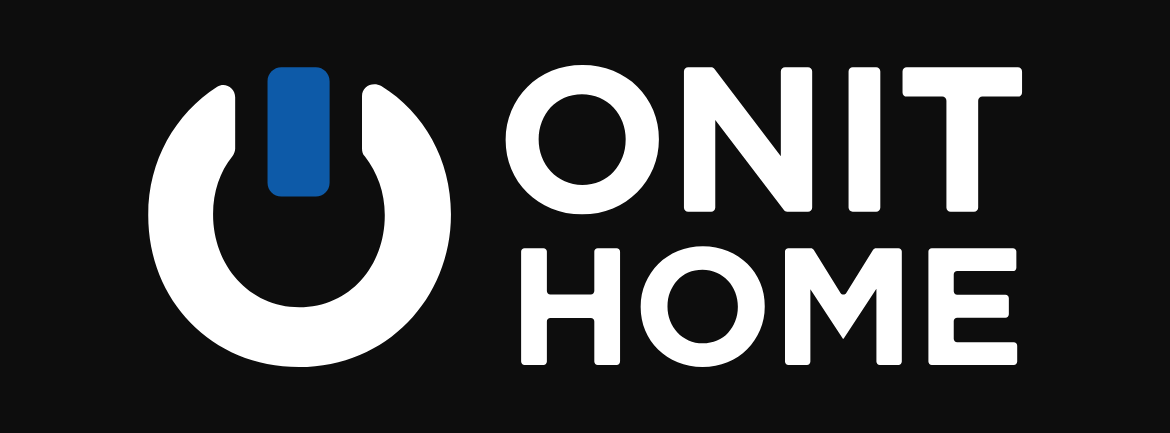
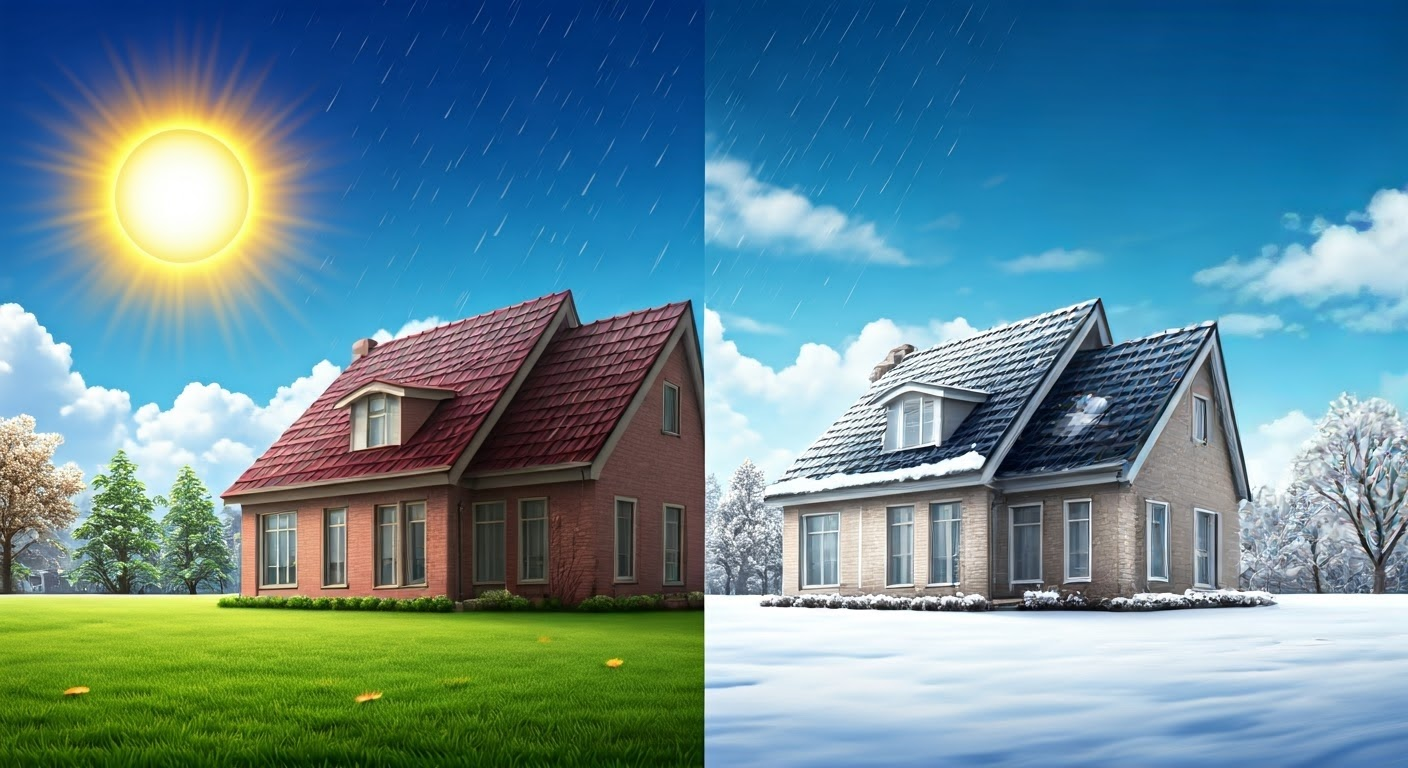
Our Location
Hours
Hours
Contact Us
License # 03-0235
